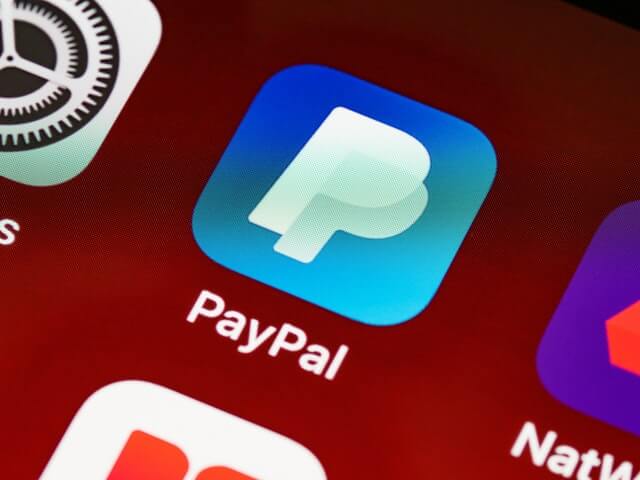The technological boom in the past two decades has given us a lot of convenience in our daily lives. We all have mobile phones, digital applications, the internet, and a lot more. The impact of technological advancements also improved how businesses operate.
In the rental housing industry, several technological trends had popped up over the years. Examples include digital locking systems, remote surveillance, and listing syndication platforms like Padleads, where you can publish a rental listing and publish it to popular websites to increase reach.
Several trends are continually rising in the rental industry, but one of the most popular trends is online rent collection or electronic rental payments. As the name suggests, it is paying or collecting rent digitally using gadgets and online applications. It means the tenant and landlord can perform payment transactions to each other without needing to see each other face to face.
Advantages of Electronic Rent Collection
There are three things that a landlord must focus on to ensure the success of his rental business: efficiency, professionalism, and profitability. Through electronic rent collection, a landlord can achieve the three.
Efficiency. Electronic payments are more convenient to both the landlord and the tenant. They no longer have to commute going to each other to exchange money, and documenting the transaction is faster and easier. There are no checks, cash, or any manual effort involved whatsoever.

Professionalism. There’s also a level of professionalism because there are fewer awkward interactions (especially since there’s money involved). Being tech-savvy with transactions also shows more credibility and adaptability.
Profitability. Scheduling monthly rent payment is also more straightforward, so there’s a lesser chance of tenants defaulting on their payments. Default payments can eat into a business’ profitability quickly.
The Catch
Electronic rent collection is not a perfect system. That is why landlords need to learn how it works and its disadvantages before adapting the system to their business.
First, online systems have vulnerabilities that expert hackers can attack. Of course, most online systems have safeguards in place, but there’s never a 100% guarantee with anything in life.
Second, the landlord will miss out on some advantages of collecting rent in person, such as the opportunity to inspect the property more frequently and building a more meaningful personal relationship with his tenants.
It’s also important to note that there are situations when face-to-face rent collection is a need, not just an option. But in scenarios like this, there is often conflict involved (e.g., constant non-payments).
Third, the convenience that electronic payments can bring come with a price. There are fees attached to such transactions in exchange for the service and the advantages it brings. The amount can be as low as a couple of bucks to around $35 per transaction. It depends on the system or method used for transferring payment.

Three Ways of Online Rent Collection
• Automated Clearing House (ACH)
To put it simply, ACH is an online technology used for transferring funds from one bank account to another. One of the most common ways ACH is for depositing payroll to employee’s accounts.
The landlord and tenant must initially coordinate with their respective banks to set up the automated transfer of funds monthly. The tenant must fill out an ACH form and authorize direct payments to the landlord’s bank account.
There’s a more technical side to how ACH works, but it’s best to learn it in detail with one’s respective bank.
• Credit Card
Credit card payment is also a possible option for landlords, but it is not as popular as ACH. People are more familiar with it, but it requires several security protocols, the transaction rates are higher, and they expire.
• Online Transaction Companies
A simplified explanation for these companies is that they are websites that work like banks. You can put money in them from your bank account or credit card, then make online payments through it. An example of this is Paypal.

Who Pays
There’s no set standard as to who pays the fees. Landlords have a few options.
- Have the tenant pay the fees. It can be through added rent, or it can be a separate fee on its own. Landlords must specify it in the lease agreement. States like California also require landlords to provide non-electronic payment options for tenants who don’t want to pay the fee.
- The landlord can shoulder the fees. Some landlords opt to add it as part of their business expense so that their tenants won’t feel that they are charged for every little thing.